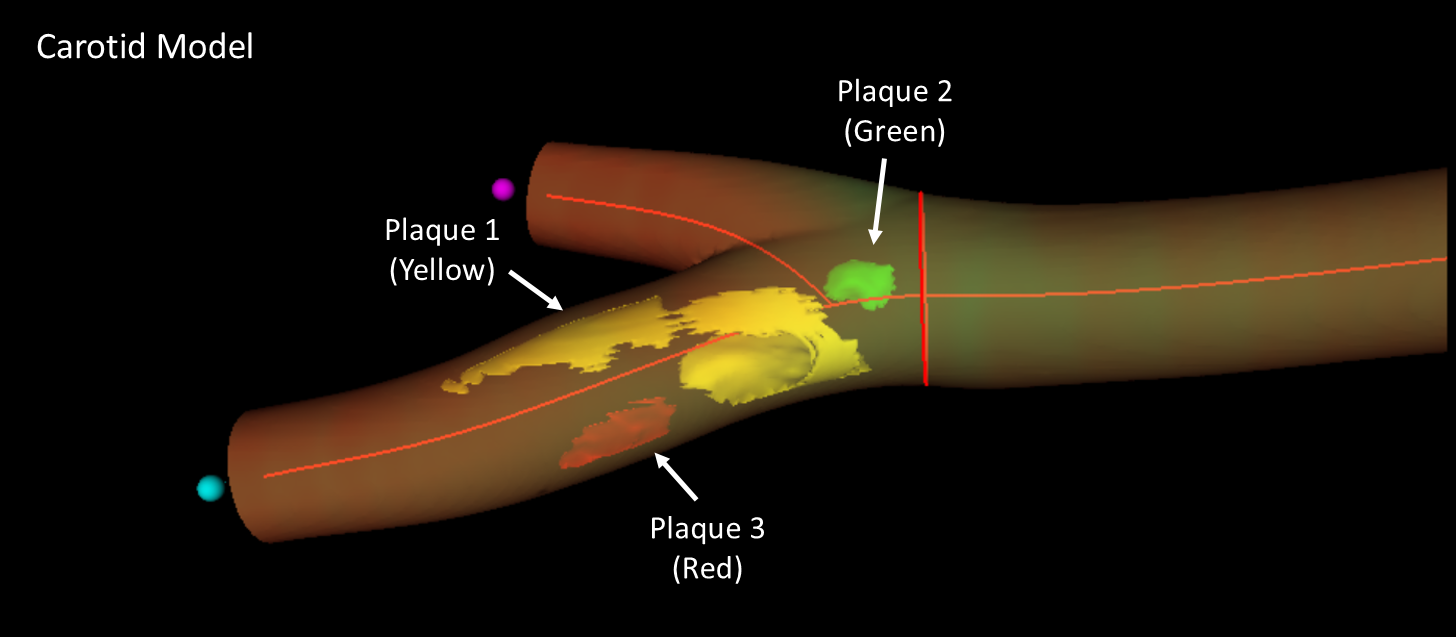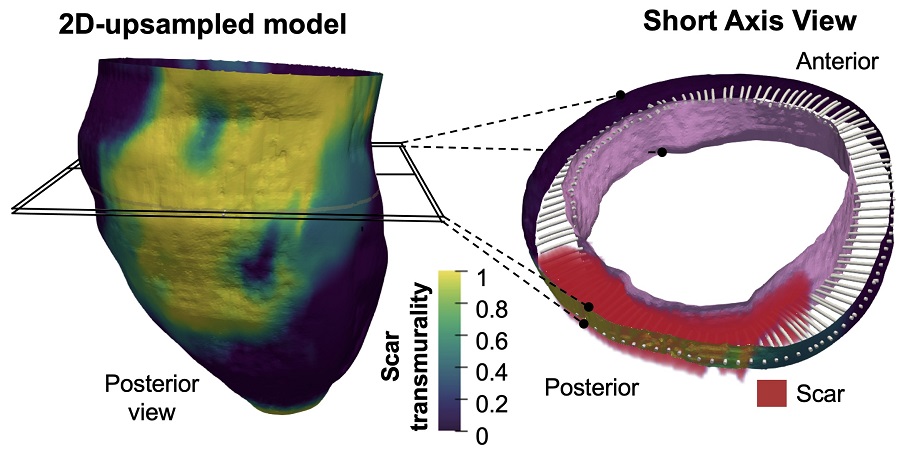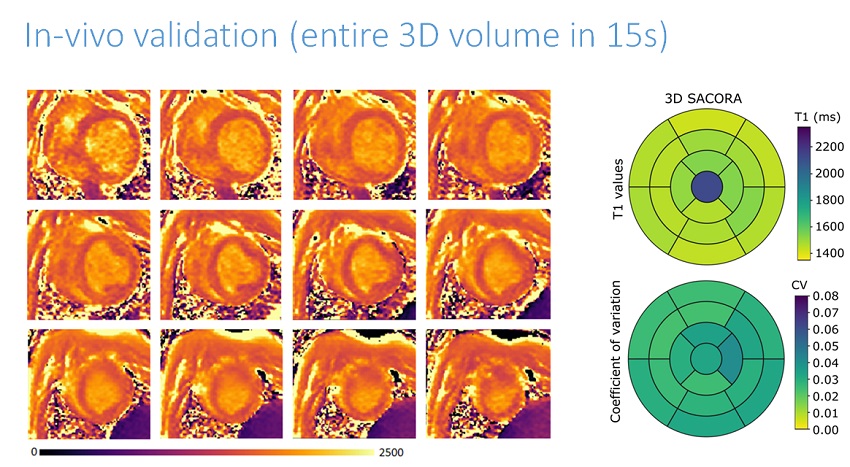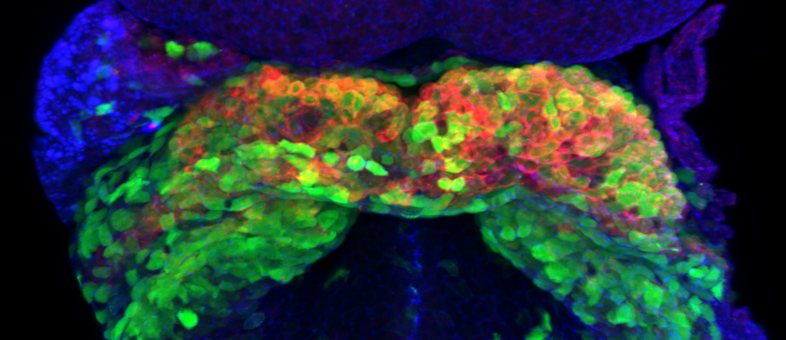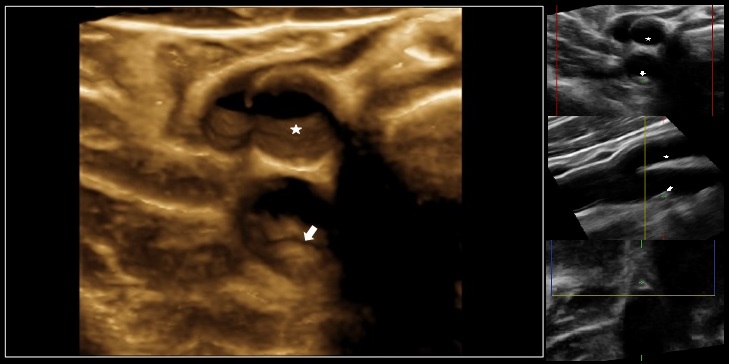News search
|
Research 17 May 2022 The 3D atlas has allowed the scientists to identify the beginning of left–right asymmetry in the heart |
|
Research 16 Mar 2022 Scientists at the CNIC have led the development of a new three dimensional ultrasound method that improves the assessment of cardiovascular risk in healthy individuals |
|
Research 28 Sep 2021 This innovative technology may provide an efficient approach in clinical practice after manual or automatic segmentation of myocardial borders in a small number of conventional 2D slices and automatic scar detection |
|
About the CNIC 22 Mar 2021 The development of this 3D T1 mapping technique, called "SACORA", comes as part of the ongoing collaboration between CNIC and Philips |
|
About the CNIC 11 Dec 2017 |
|
Research 24 Jul 2017 CNIC researchers show the value of total atherosclerosis burden for the identification of individuals at risk of cardiovascular disease |

